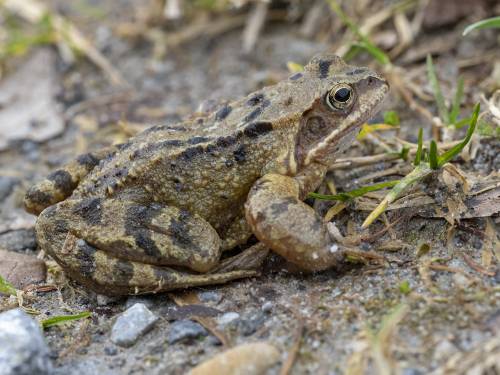
Amphibians are small cold-blooded vertebrates that require water or a moist environment to survive. They include frogs, newts, salamanders, and toads. You can differentiate the amphibians from other species through how they breathe. For instance, at the larval stage, they breathe using their gills, while when they grow to adulthood, they start using their lungs. Amphibian fencing involves creating a barrier that will control the movements of these amphibians to and from designated areas.
Types of Amphibian Fencing
When determining the type of fencing, you should consider the type of amphibian you want to keep out and their habitat. There are two types of amphibian fences:
Temporary Fencing
As the word suggests, it can only last for around two years, depending on the site condition. To begin with, you can use polythene sheets with fence stakes made of wood to contain the amphibians. Moreover, you can contact an amphibian fencing supplier to help you obtain better substitutes that will guarantee a stable barrier for the length of time you intend to keep the amphibians. Typically, this fencing has a 90 degree topping with a bottom baffle.
Permanent Fencing
In cases that you need to keep the amphibians out of your space, you could get an amphibian fencing supplier to install permanent amphibian fencing. They are likely to stay strong, enduring most damage for up to 15 years. This type of fencing uses a 4mm thick High-Density Polyethylene known to be durable, requires little to no maintenance, is sustainable, and improves air quality. Moreover, you can make it using recycled materials. There are two height options, including 850mm and 1000mm high. Lastly, it is self-supporting, but if the ground conditions need enhancements, you can use timber or plastic posts.
How it Works
You can ring-fence the place you want to keep the amphibians away from, which will keep them away. However, if the site is extensive, you can have the amphibian fencing supplier install drift fencing after dividing the area into smaller parts. This method increases the chances of ensuring the amphibians don’t get to your space. Moreover, you can dig up pitfall traps to capture them. These traps sit adjacent to the fence, with sizable spaces between them at ground level. This method is effective since the amphibians mostly travel at night. When they come across amphibian fencing, they walk along it looking for a way through, ending up in the pitfall traps.
Benefits of Amphibian Fencing
- It gives protection against the harm causing amphibians, especially newts which secrete toxins to defend themselves that are harmful to humans and can ultimately cause death.
- It gives protection from property damage caused by amphibians.
- It protects these animals from human traffic, especially the endangered species. If human beings were to interact with these animals freely, they are likely to kill them off as they are dangerous. Also, environmental pollution caused by humans can adversely affect the lives of amphibians. Again, these will result in endangering the species.
- Some amphibians are essential in the agriculture industry since they eat some pests that damage the plants. Therefore, when they are protected using fences, they benefit the agriculture industry.